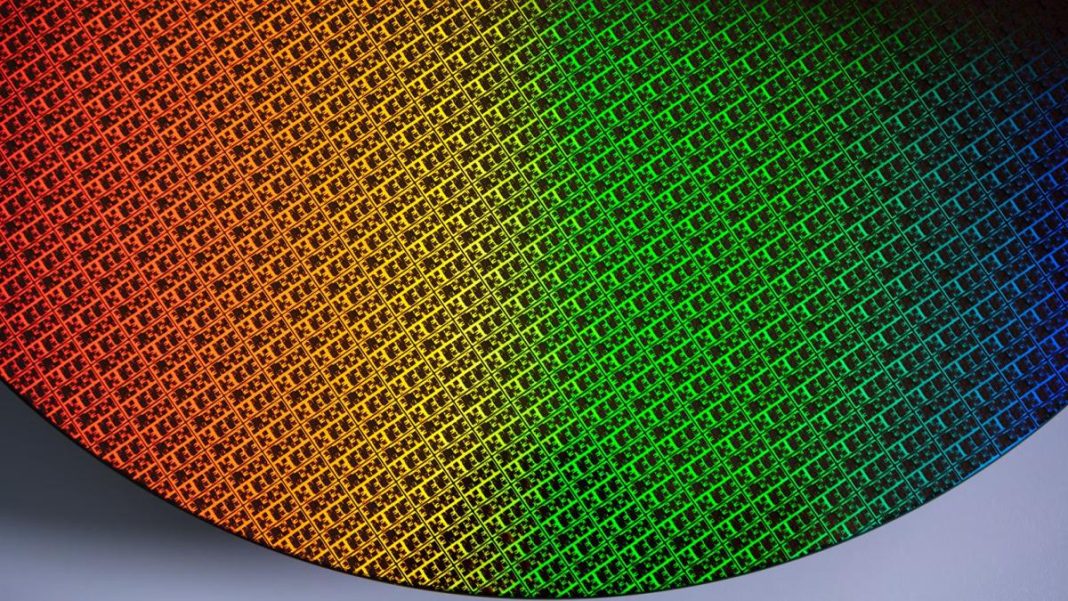When you purchase through links on our articles, Future and its syndication partners may earn a commission.
The Importance of Intel’s 18A Node
For nearly three years, Intel’s 18A node has garnered significant attention within the tech industry. The former CEO, Pat Gelsinger, emphasized the critical nature of this node, even claiming he would bet the company’s future on its success. The rollout of the first chips utilizing the 18A technology is anticipated later this year, particularly in the form of Intel’s upcoming laptop CPU, Panther Lake. However, Intel has encountered challenges in securing “significant” business commitments for the 18A node from external customers.
Concerns Raised by Intel’s CFO
The concerns regarding the 18A node were recently articulated by Intel’s CFO, David Zinsner, at a conference held in Boston. According to reports from Reuters, Zinsner noted, “We get test chips, and then some customers fall out of the test chips… So committed volume is not significant right now, for sure.” This statement sheds light on the hurdles Intel faces in transitioning from prototype chips to large-scale production orders from major clients.
The Impact of Customer Trials
The news is particularly disheartening considering industry giants like Nvidia and Broadcom have purportedly sent test chips to Intel to evaluate the 18A node’s capabilities. While these significant partnerships were expected to validate the technology, Zinsner’s comments indicate that none of these evaluations have yet persuaded a major customer to engage in substantial orders for 18A chips. The inability to convert trials into meaningful commitments raises concerns about the node’s competitive standing in the market.
Intel’s Strategy for Recovery
Large-scale chip production for external clients is crucial for Intel’s strategy to recover from its recent operational challenges. The company has experienced hurdles in maintaining a competitive edge in the semiconductor industry, and the success of the 18A node is central to its efforts to regain lost ground. Intel’s focus has shifted toward producing chips that cater to various clients rather than exclusively manufacturing its Core CPUs. This strategy aligns with the broader industry trends, where companies increasingly rely on advanced nodes by external foundries for chip production.
Uncertainty Surrounding the Intel-Microsoft Deal
Complicating matters further is the ambiguous nature of a reported $15 billion deal between Intel and Microsoft, which was announced back in February 2024. The partnership aimed to produce chips for Microsoft, but as of now, there has been no indication that this agreement has translated into actual chip production. CFO Zinsner’s recent statements imply that Microsoft is not currently engaging with Intel for volume chip orders, calling into question the potential impact of this deal on the success of the 18A node.
Evaluating the Future of the 18A Node
The implication from Zinsner that there are no substantial commitments to produce chips underlines the uncertainty that currently surrounds the 18A node. As anticipation builds for the Panther Lake CPU’s release later this year, the industry watches closely to see whether Intel can meet these expectations and whether the incoming chips can deliver on performance. Potential customers seem to be taking a cautious approach, and the hesitation in committing to larger orders is concerning.
Market Dynamics and Competing Technologies
Industry dynamics further complicate Intel’s situation. Many competitors are actively evaluating partnerships with TSMC, which is known for its advanced semiconductor manufacturing capabilities. For instance, AMD has announced that its next-generation Venice server CPU, based on Zen 6 architecture, will be produced using TSMC’s N2 node. As other companies secure their future chip production agreements, Intel risks falling behind unless it begins to attract new business for the 18A node rapidly. The ticking clock of market competition places pressure on Intel to deliver results before it’s too late.
Conclusion: The Path Ahead for Intel and the 18A Node
In conclusion, the future of Intel’s 18A node hangs in the balance as the company strives to attract customers and maintain its competitive edge in the semiconductor marketplace. With potential delays in converting test chips into substantial orders and ongoing competition from external players, Intel is navigating a critical juncture in its recovery efforts. All eyes will be on the upcoming Panther Lake release, as its success could pave the way for broader acceptance of the 18A technology. Conversely, the clock is ticking, and Intel must act swiftly to secure its position in an ever-evolving landscape.
https://finance.yahoo.com/news/intel-admits-doesnt-significant-commitments-102639491.html



